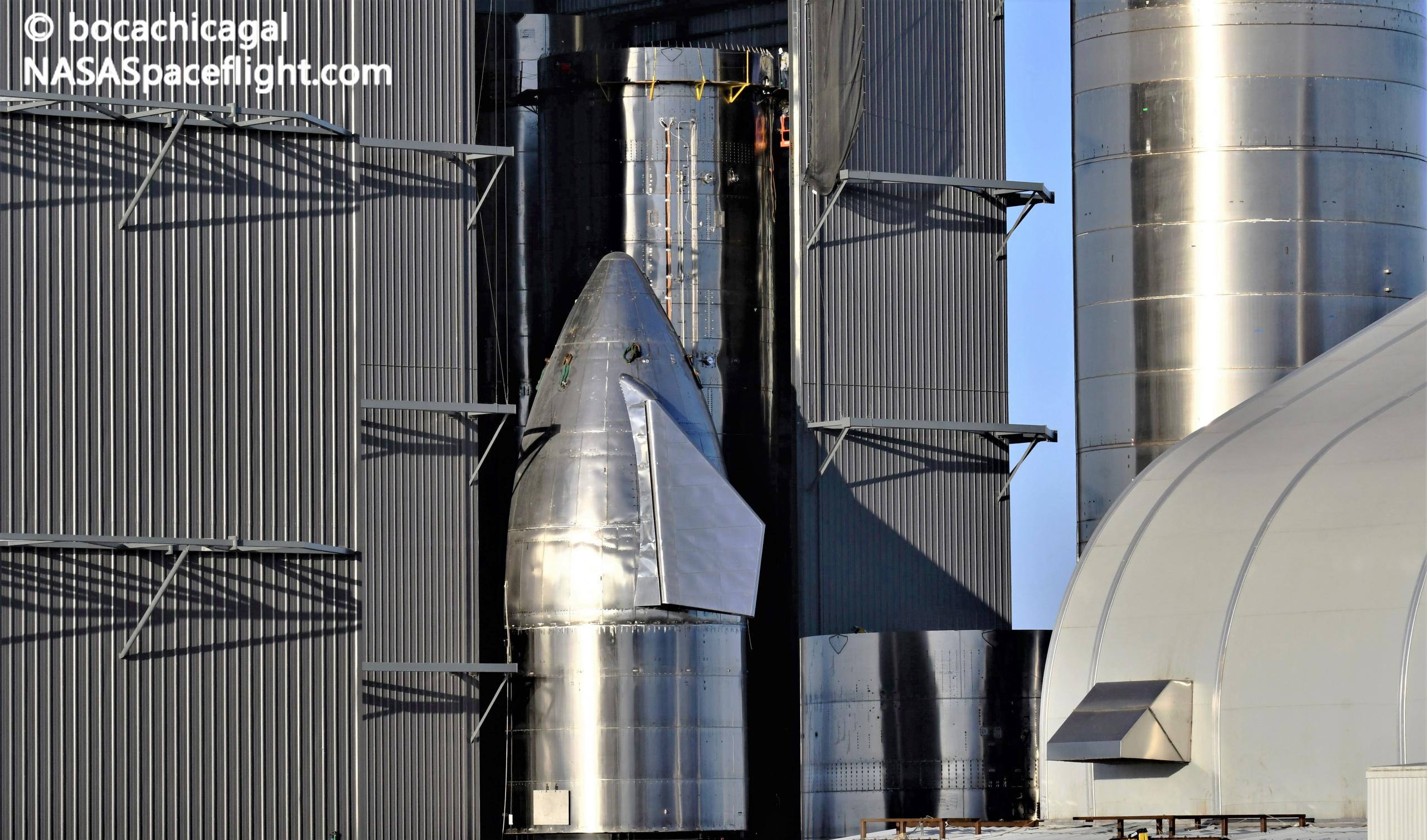
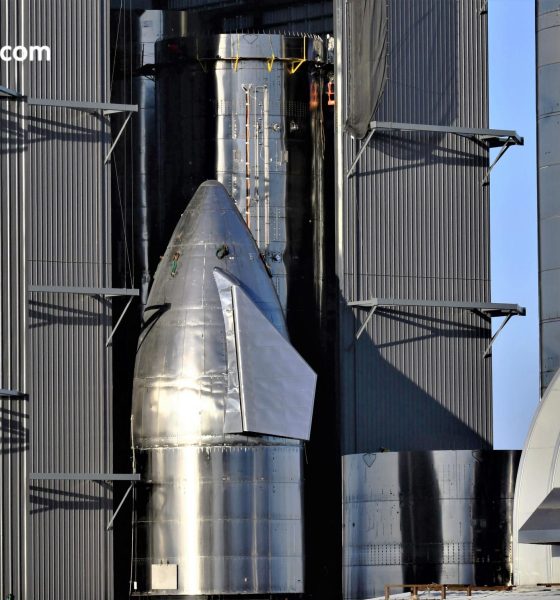
News
SpaceX rolls last Starship off the assembly line ahead of “major upgrades”
SpaceX has installed Starship serial number 11’s (SN11) steel nosecone, effectively completing the rocket and marking the end of production for a series of four virtually identical prototypes.
SpaceX has soared through a limited production run of four full-height Starship prototypes with a more or less frozen design, simultaneously serving as a pilot run for a nascent Starship assembly line while also producing high-fidelity prototypes for the program’s first high-altitude flight testing. Work on Starship SN8 – the first of those four prototypes – began around July 2020 when labeled hardware was first spotted.
Parts of SN9, SN10, SN11, and SN12 gradually started to appear over the next few months. Less than four months after production began, (half of) Starship SN8 rolled to the launch pad in late October to kick off a series of acceptance tests.
After an unusually long ~6 weeks of testing, SpaceX declared Starship SN8 ready for flight and ultimately pulled off a high-altitude launch that made it just a dozen or so seconds (~5%) away from a complete success – far further than anyone really expected. That surprising level of success appeared to lead SpaceX to reevaluate its plans and the strategic design of its test plans.
One result was observed in publicly-visible labels SpaceX uses to identify the dozens of Starship parts in work at any given moment: after SN12, only a few minor unfinished parts of SN13 and SN14 were ever spotted, departing from the flood of activity observed while building SN8 through SN11. In November, CEO Elon Musk revealed that “major upgrades” were planned for Starship SN15 and all subsequent prototypes.
The implication was that SpaceX had already written off no fewer than three Starships (SN8-SN10) to prove that a new, exotic approach to rocket landings could work as planned. If those three failed, SpaceX could likely use Starships SN11 through SN14 – likely enough prototypes to either succeed or conclude that a redesign is necessary. Ultimately, after Starship SN8’s spectacular success and last-second failure, SpaceX seemingly concluded that it was unlikely to need a full seven prototypes to achieve the first soft landing(s) and effectively killed Starships SN12, SN13, and SN14 in the cradle.
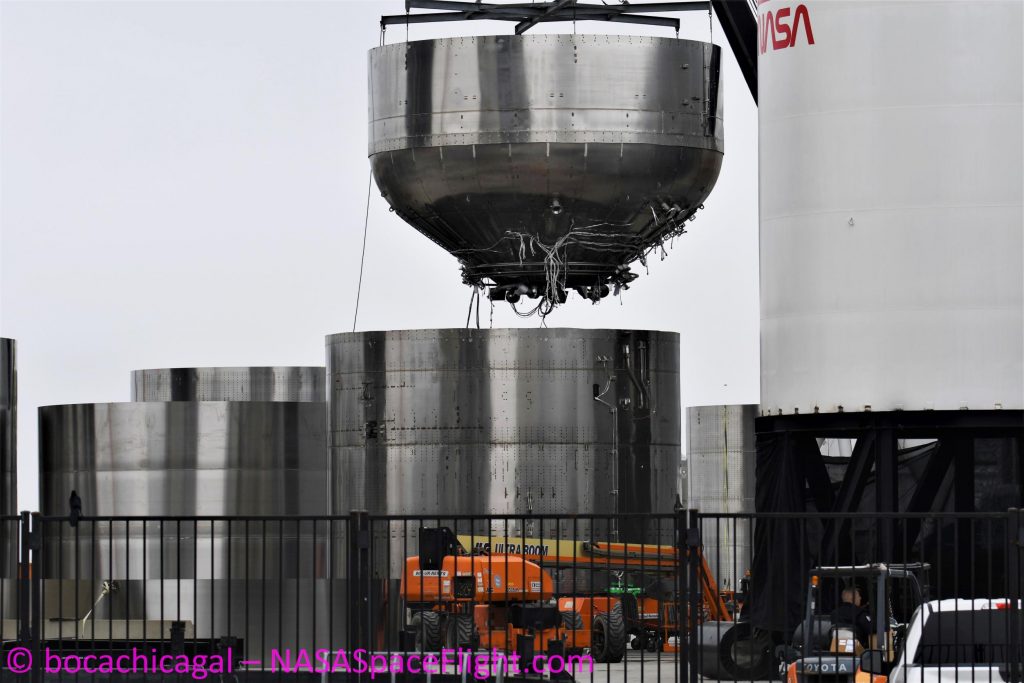
SpaceX likely concluded that SN8 had demonstrated that a vast majority of Starship’s existing design was already sound, reducing enough risk to confidently begin major upgrades – akin to building a more permanent structure only after ensuring that the foundation is stable. Indicating exactly that, SpaceX has already begun stacking Starship SN15 and has been churning out hardware for SN16, SN17, and SN18 for the last few months.
That ultimately means that one or more upgraded Starships will likely be ready to carry the torch forward as soon as SN10 and SN11 flight testing comes to an end – whether that means continuing recovery attempts or pushing the envelope higher and faster after the first successful soft landing(s).
The nature of those “upgrades” remains unclear beyond apparent fit-and-finish improvements and the possibility of a more easily manufacturable nosecone design, but it’s clear that things will become clearer far sooner than later at SpaceX’s current rate of progress.
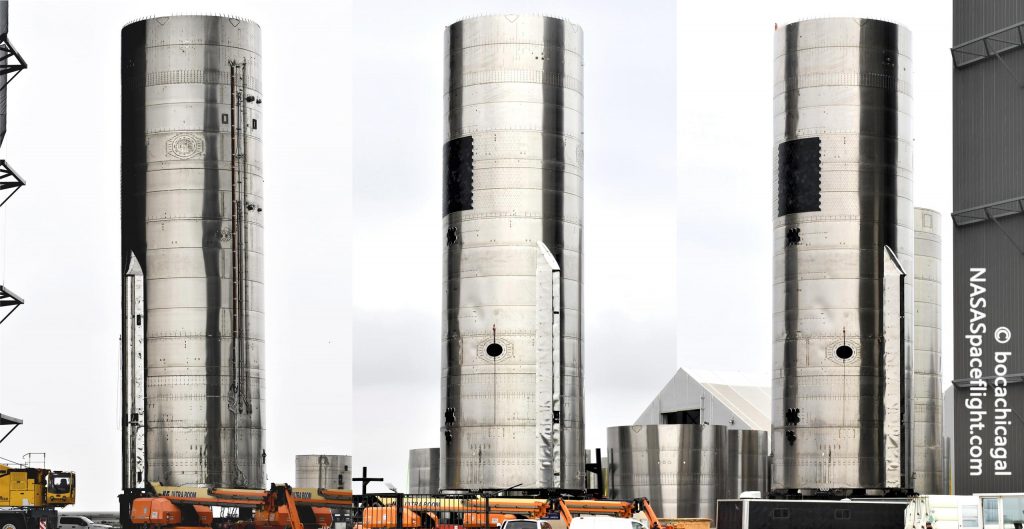
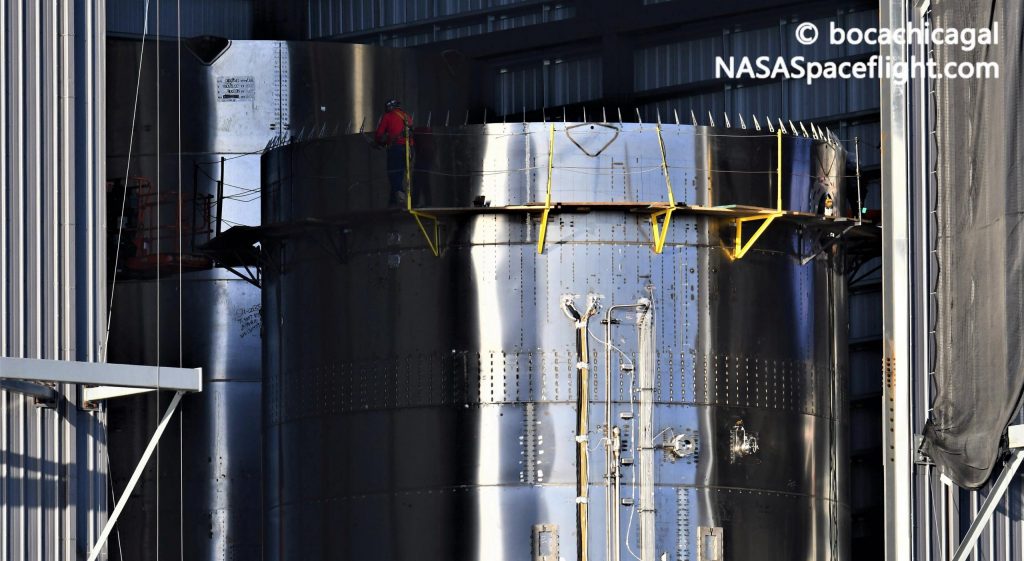


News
Tesla FSD fleet is nearing 7 billion total miles, including 2.5 billion city miles
As can be seen on Tesla’s official FSD webpage, vehicles equipped with the system have now navigated over 6.99 billion miles.

Tesla’s Full Self-Driving (Supervised) fleet is closing in on almost 7 billion total miles driven, as per data posted by the company on its official FSD webpage.
These figures hint at the massive scale of data fueling Tesla’s rapid FSD improvements, which have been quite notable as of late.
FSD mileage milestones
As can be seen on Tesla’s official FSD webpage, vehicles equipped with the system have now navigated over 6.99 billion miles. Tesla owner and avid FSD tester Whole Mars Catalog also shared a screenshot indicating that from the nearly 7 billion miles traveled by the FSD fleet, more than 2.5 billion miles were driven inside cities.
City miles are particularly valuable for complex urban scenarios like unprotected turns, pedestrian interactions, and traffic lights. This is also the difference-maker for FSD, as only complex solutions, such as Waymo’s self-driving taxis, operate similarly on inner-city streets. And even then, incidents such as the San Francisco blackouts have proven challenging for sensor-rich vehicles like Waymos.
Tesla’s data edge
Tesla has a number of advantages in the autonomous vehicle sector, one of which is the size of its fleet and the number of vehicles training FSD on real-world roads. Tesla’s nearly 7 billion FSD miles then allow the company to roll out updates that make its vehicles behave like they are being driven by experienced drivers, even if they are operating on their own.
So notable are Tesla’s improvements to FSD that NVIDIA Director of Robotics Jim Fan, after experiencing FSD v14, noted that the system is the first AI that passes what he described as a “Physical Turing Test.”
“Despite knowing exactly how robot learning works, I still find it magical watching the steering wheel turn by itself. First it feels surreal, next it becomes routine. Then, like the smartphone, taking it away actively hurts. This is how humanity gets rewired and glued to god-like technologies,” Fan wrote in a post on X.
News
Tesla starts showing how FSD will change lives in Europe
Local officials tested the system on narrow country roads and were impressed by FSD’s smooth, human-like driving, with some calling the service a game-changer for everyday life in areas that are far from urban centers.

Tesla has launched Europe’s first public shuttle service using Full Self-Driving (Supervised) in the rural Eifelkreis Bitburg-Prüm region of Germany, demonstrating how the technology can restore independence and mobility for people who struggle with limited transport options.
Local officials tested the system on narrow country roads and were impressed by FSD’s smooth, human-like driving, with some calling the service a game-changer for everyday life in areas that are far from urban centers.
Officials see real impact on rural residents
Arzfeld Mayor Johannes Kuhl and District Administrator Andreas Kruppert personally tested the Tesla shuttle service. This allowed them to see just how well FSD navigated winding lanes and rural roads confidently. Kruppert said, “Autonomous driving sounds like science fiction to many, but we simply see here that it works totally well in rural regions too.” Kuhl, for his part, also noted that FSD “feels like a very experienced driver.”
The pilot complements the area’s “Citizen Bus” program, which provides on-demand rides for elderly residents who can no longer drive themselves. Tesla Europe shared a video of a demonstration of the service, highlighting how FSD gives people their freedom back, even in places where public transport is not as prevalent.
What the Ministry for Economic Affairs and Transport says
Rhineland-Palatinate’s Minister Daniela Schmitt supported the project, praising the collaboration that made this “first of its kind in Europe” possible. As per the ministry, the rural rollout for the service shows FSD’s potential beyond major cities, and it delivers tangible benefits like grocery runs, doctor visits, and social connections for isolated residents.
“Reliable and flexible mobility is especially vital in rural areas. With the launch of a shuttle service using self-driving vehicles (FSD supervised) by Tesla in the Eifelkreis Bitburg-Prüm, an innovative pilot project is now getting underway that complements local community bus services. It is the first project of its kind in Europe.
“The result is a real gain for rural mobility: greater accessibility, more flexibility and tangible benefits for everyday life. A strong signal for innovation, cooperation and future-oriented mobility beyond urban centers,” the ministry wrote in a LinkedIn post.
News
Tesla China quietly posts Robotaxi-related job listing
Tesla China is currently seeking a Low Voltage Electrical Engineer to work on circuit board design for the company’s autonomous vehicles.

Tesla has posted a new job listing in Shanghai explicitly tied to its Robotaxi program, fueling speculation that the company is preparing to launch its dedicated autonomous ride-hailing service in China.
As noted in the listing, Tesla China is currently seeking a Low Voltage Electrical Engineer to work on circuit board design for the company’s autonomous vehicles.
Robotaxi-specific role
The listing, which was shared on social media platform X by industry watcher @tslaming, suggested that Tesla China is looking to fill the role urgently. The job listing itself specifically mentions that the person hired for the role will be working on the Low Voltage Hardware team, which would design the circuit boards that would serve as the nervous system of the Robotaxi.
Key tasks for the role, as indicated in the job listing, include collaboration with PCB layout, firmware, mechanical, program management, and validation teams, among other responsibilities. The role is based in Shanghai.
China Robotaxi launch
China represents a massive potential market for robotaxis, with its dense urban centers and supportive policies in select cities. Tesla has limited permission to roll out FSD in the country, though despite this, its vehicles have been hailed as among the best in the market when it comes to autonomous features. So far, at least, it appears that China supports Tesla’s FSD and Robotaxi rollout.
This was hinted at in November, when Tesla brought the Cybercab to the 8th China International Import Expo (CIIE) in Shanghai, marking the first time that the autonomous two-seater was brought to the Asia-Pacific region. The vehicle, despite not having a release date in China, received a significant amount of interest among the event’s attendees.








